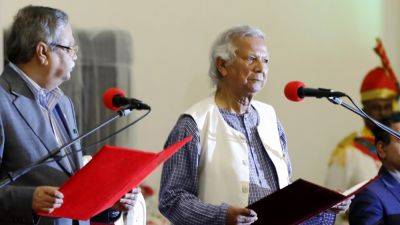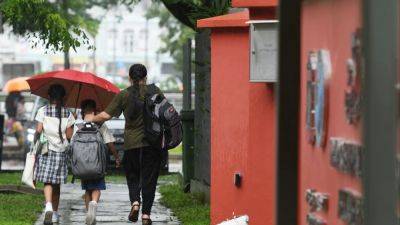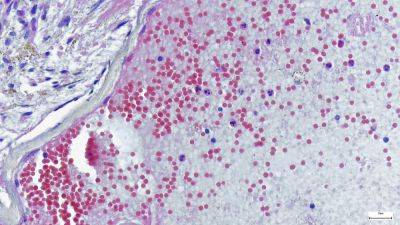This high-income region has the least active people globally, WHO report shows
It's no secret that leading a healthy life requires getting consistent and sufficient exercise, but globally, many adults are lacking in this department.
Nearly a third of the global adult population, or about 1.8 billion people, did not hit their recommended levels of physical activity in 2022, according to a June 2024report by the World Health Organization.
As per WHO standards, 150 minutes of moderate-intensity, 75 minutes of vigorous-intensity, or the equivalent of physical activity per week is recommended for adults.
The highest prevalence of physical inactivity was seen in the high-income Asia-Pacific region (48%), which includes South Korea, Japan and Singapore. This is followed closely by the South-Asia region (45%), which includes Afghanistan, Bangladesh, Bhutan, India, Nepal, Pakistan and Sri Lanka.
"Asia is about 30% of the world's population, but we carry almost 50% of the world's disease burden. We have more diabetics, we have more cancer patients, we have more cardiovascular patients than anywhere else in the world," said Abrar Mir, co-founder of Quadria Capital, on "Squawk Box Asia" on Monday.
Women on average showed higher physical inactivity (34%) compared to men (29%). This gap was most pronounced in the South-Asia region, where physical inactivity among women was 14 percentage points higher than in males, according to the report published in The Lancet Global Health journal.
"The levels of physical activity are determined by a suite of factors," said Fiona Bull, head of WHO's physical activity unit. These include personal motivation, availability of time, as well as social and environmental factors such as the habits of those around us or even the region's temperature and climate.
"Women have multiple roles.







